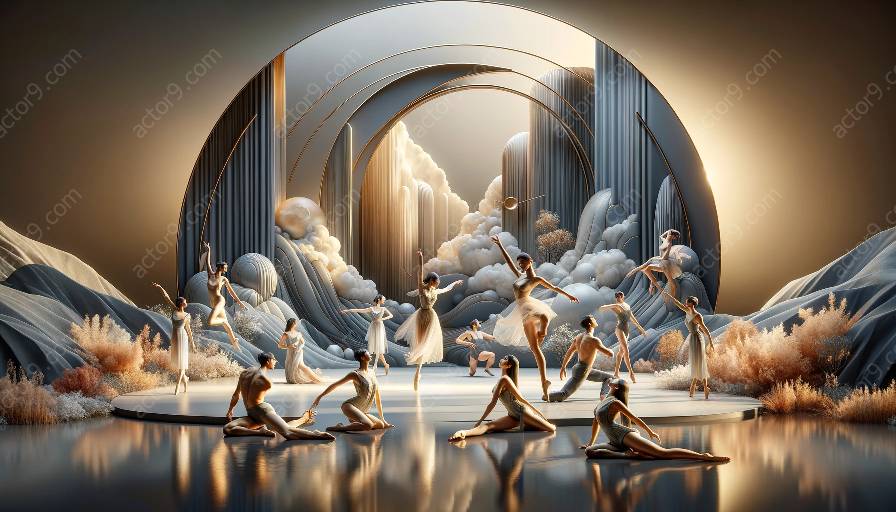Physical theatre is a dynamic and captivating form of performance that has a significant impact on diverse performing arts genres, including dance, mime, and circus. Understanding the elements of drama in physical theatre is essential to comprehending its influence on other art forms.
Elements of Drama in Physical Theatre
Physicality: Physical theatre relies heavily on the expressive potential of the body. Performers use movement, gestures, and facial expressions to convey emotions and narratives, often without the need for spoken dialogue. This physicality is a defining feature of physical theatre and sets it apart from traditional dramatic forms.
Non-verbal Communication: In physical theatre, performers explore and emphasize non-verbal communication. Through physical expression, they convey intricate emotions and complex narratives, making the audience an active participant in interpreting the performance.
Visual Storytelling: The use of visual elements such as movement, props, and spatial relationships allows physical theatre to tell stories in a visually engaging and thought-provoking manner. This unique approach to storytelling distinguishes physical theatre from conventional narrative-driven performances.
Influence of Physical Theatre on Other Performing Arts Genres
Dance: Physical theatre's emphasis on movement and body expression has a profound impact on the world of dance. Choreographers and dancers draw inspiration from physical theatre techniques to create compelling narratives through movement alone. The fusion of physical theatre and dance results in performances that push the boundaries of traditional dance forms.
Mime: Physical theatre and mime share a symbiotic relationship, as both art forms center around non-verbal communication and visual storytelling. The expressive gestures and exaggerated movements characteristic of mime are often incorporated into physical theatre performances, enriching the visual language of the art form.
Circus: Physical theatre has significantly influenced the modern circus, infusing traditional circus acts with a narrative and emotional depth. As physical theatre encourages performers to embody characters and convey stories through movement, contemporary circus acts increasingly feature elements of physical theatre, elevating the overall theatrical experience for the audience.
Conclusion
Physical theatre, with its unique blend of physicality, non-verbal communication, and visual storytelling, serves as a driving force in shaping and enriching other performing arts genres. By exploring the elements of drama within physical theatre and its influence on dance, mime, and circus, we can appreciate the far-reaching impact of this distinctive art form on the broader landscape of performing arts.




































